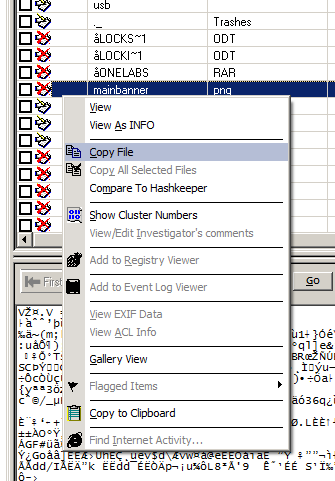

- HOW DOES PRODISCOVER BASIC PERFORM IN LINUX HOW TO
- HOW DOES PRODISCOVER BASIC PERFORM IN LINUX MAC OS X
- HOW DOES PRODISCOVER BASIC PERFORM IN LINUX .EXE
- HOW DOES PRODISCOVER BASIC PERFORM IN LINUX DRIVER
- HOW DOES PRODISCOVER BASIC PERFORM IN LINUX VERIFICATION
With that in mind, let’s look at how to check the hash of a file you downloaded, and compare it against the one you’re given. How to Compare Hash Functions on Any Operating System That’s why you should prefer SHA-256 when possible. These are multiple different files-for example, a safe file and a malicious file-that result in the same MD5 or SHA-1 hash. Note that “collisions” have been found with the MD5 and SHA-1 functions. This confirms the file you have is the exact same file being offered for download on the Linux distribution’s website, without any modifications. You can then run it through the hash function on your computer and confirm that it matches the hash value you’d expect it to have. You can look up the hash of that specific ISO file online on the Linux distribution’s website. ISO file you got from somewhere and you want to confirm it hasn’t been tampered with. These can also be useful if you have a file you got from an unofficial source and you want to confirm that it’s legitimate. As we saw above, even a small change to the file will dramatically change the hash. That way, you can download the file and then run the hash function to confirm you have the real, original file and that it hasn’t been corrupted during the download process. They then offer an official list of the hashes on their websites.

HOW DOES PRODISCOVER BASIC PERFORM IN LINUX .EXE
exe file-and run it through a hash function. Software creators often take a file download-like a Linux. MD5, SHA-1, and SHA-256 are all different hash functions. Even if someone modifies a very small piece of the input data, the hash will change dramatically. You’ll see that, despite a very minor change in the input data, the resulting hashes are all very different from one another. Now compare the second example in the chart to the third, fourth, and fifth. Often these strings have a fixed length, regardless of the size of the input data. Take a look at the above chart and you’ll see that both “Fox” and “The red fox jumps over the blue dog” yield the same length output. Hashes are the products of cryptographic algorithms designed to produce a string of characters.
HOW DOES PRODISCOVER BASIC PERFORM IN LINUX VERIFICATION
How Hashes Work, and How They’re Used for Data Verification You can do this with the commands built into Windows, macOS, and Linux. These seemingly random strings of text allow you to verify files you download aren’t corrupted or tampered with. In this section, you learn how to make an image of a larger drive and apply the Split function in ProDiscover Basic to create segmented files of 650 MB each that can be archived to CDs.īefore acquiring data directly from a suspect drive with ProDiscover Basic, always use a hardware write-blocker device.You’ll sometimes see MD5, SHA-1, or SHA-256 hashes displayed alongside downloads during your internet travels, but not really known what they are. Because USB drives are typically small, a single image file can be acquired with no need to segment it.

ProDiscover automates many acquisition functions, unlike current Linux tools. In Chapter 2, you learned how to acquire an image of a USB drive. Exercise 3 - Capturing an Image with ProDiscover Basic Exercise 2 - Acquiring Data with dd in Linuxįollow these steps to make an image of an NTFS disk on a FAT32 disk by using the dd command.
HOW DOES PRODISCOVER BASIC PERFORM IN LINUX MAC OS X
For information on Mac OS X file systems and acquisitions, see Chapter 7.
HOW DOES PRODISCOVER BASIC PERFORM IN LINUX DRIVER
You can download this driver from, where you can also find information about NTFS and instructions for installing the driver. Linux kernel version 2.6.17.7 and earlier can format and read only the FAT file system, although an NTFS driver, NTFS-3G, is available that allows Linux to mount and write data only to NTFS partitions. Current Linux distributions can create Microsoft File Allocation Table (FAT) and New Technology File System (NTFS) partition tables. The Linux OS has many tools you can use to modify non-Linux file systems.



 0 kommentar(er)
0 kommentar(er)
